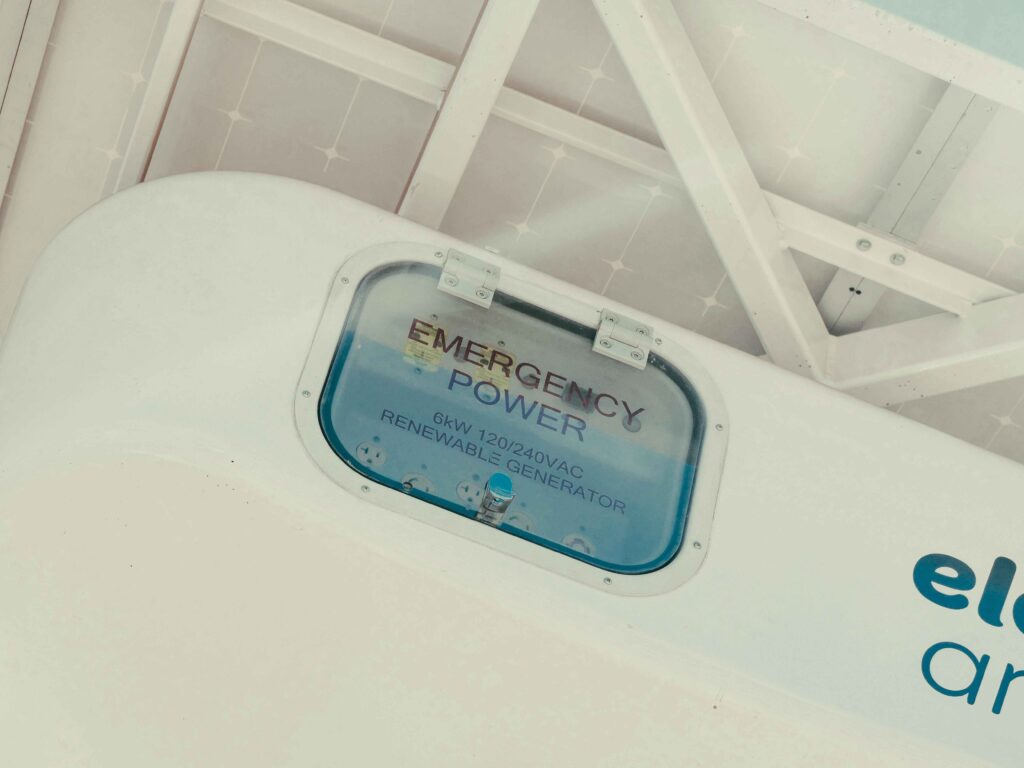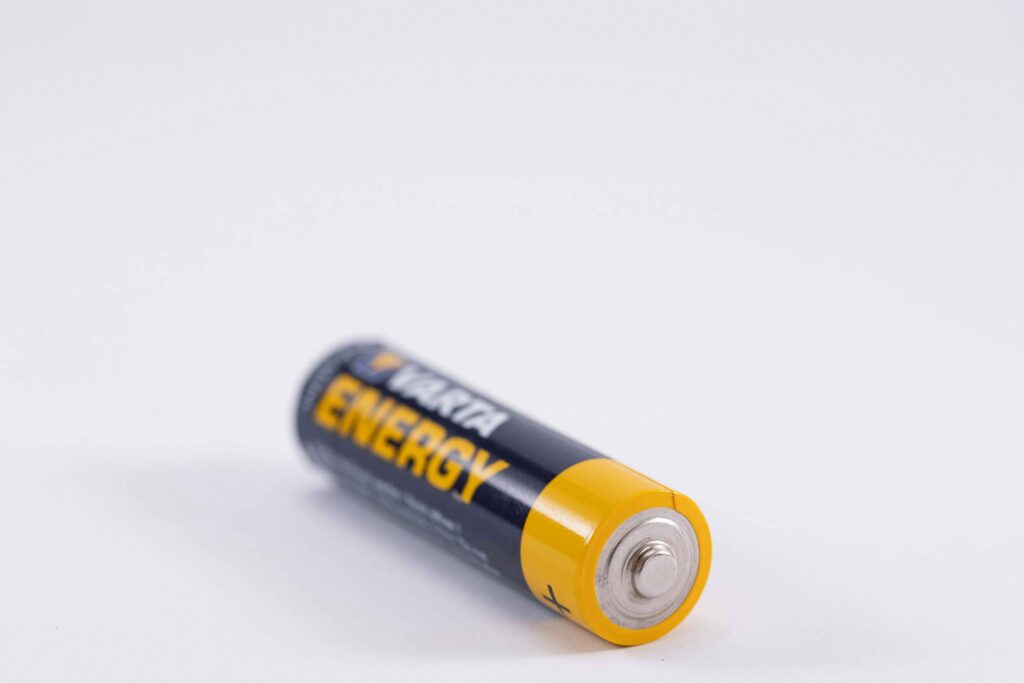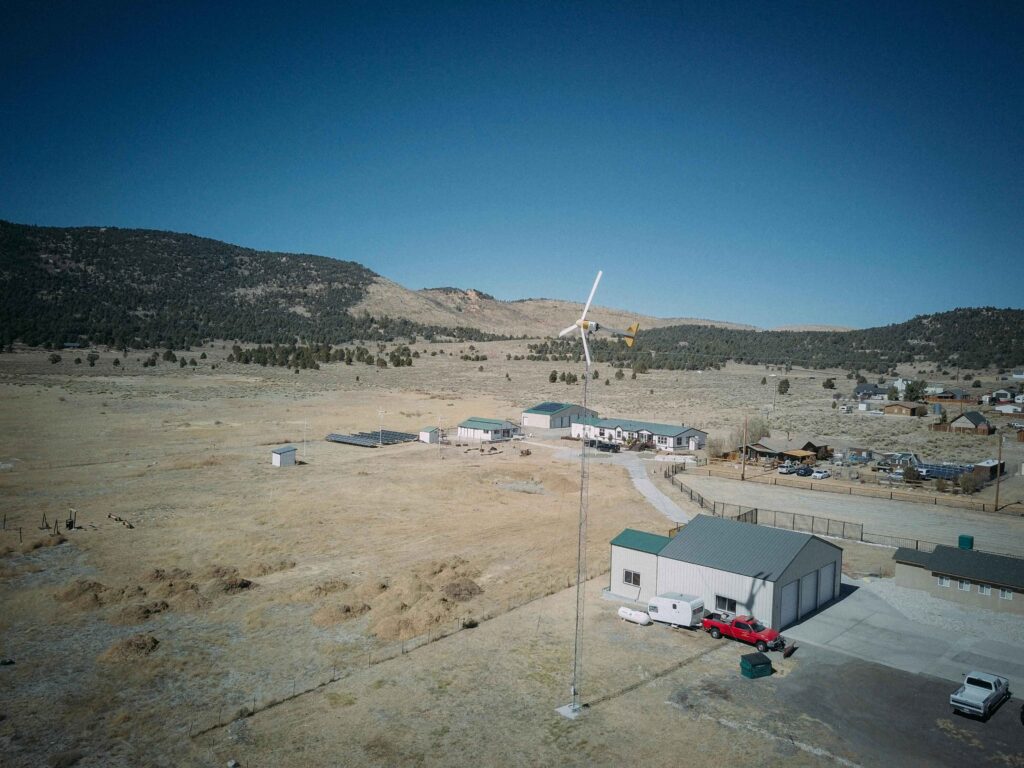What is Scarcity Revenue Battery Storage? Energy storage systems, especially battery storage is highly significant as the world continues to transform into using renewable energy products. Battery storage is defined as one of the most potent sources of generating revenue through scarcity revenue among others. In this article, we will look at scarcity revenue and its link to battery storage as the technology that has disrupted the energy industry in the past years.
What is Scarcity Revenue?
Scarcity revenue is the amount of revenue which is earned by storage technologies like battery storage during periods of energy shortage. This sometimes happens when the grid is constrained that is when the power supply cannot adequately meet the power requirement. At such a time, the energy storage systems can provide extra power to the grid in order to maintain it from going black or becoming dimly lit known as brownouts.
Scarcity revenue is usually collected from energy storage systems that compete in ancillary energy markets where they are capable of offering energy at certain peak times. The revenues that can be expected from scarcity events are extremely high since energy prices always go high during such events.
In what way does battery storage produce scarcity revenue?
What is Scarsity Revenue Battery Storage?
Battery storage systems can generate scarcity revenue in several ways:
Peak Shaving: Battery storage systems can charge during low demand time and discharge during high demand time thus helping to restore the balance and even earn a profit in the process.
Frequency Response: Battery storage systems can operate as a frequency response service where they increase or decrease their output to correct any fluctuations in the grid frequency from the normal frequency.
Reserve Services: Battery storage systems can offer reserve services which they wait to supply actual power inasmuch as demand increases or in the event of an overload.

Benefits of Scarcity Revenue for Battery Storage
The ability to generate scarcity revenue offers several benefits for battery storage systems, including:
Increased Revenue Streams: Scarcity revenue, besides, also serves as an added method of generating revenue for use in battery storage systems, this is likely to at least enhance the displayed economic characteristics.
Improved Grid Stability: Battery storage systems can make a big difference during such instances as it will provide extra power during power rationing which results in no black out or brown out.
Enhanced Flexibility: Battery storage systems can be implemented to respond to shortages in a short period thus can be used to address scarcity events.
Purpose and Significance of Scarcity Revenue for Battery Storage Emerging Issues and Constraints of Scarcity Revenue for Battery Storage
While scarcity revenue offers several benefits for battery storage systems, there are also challenges and limitations to consider:
Intermittent Revenue Streams: Scarcity revenue is usually occasioned at some times of the year or may be inconsistent and thus the concept makes clear Scarsity Revenue business sense in organizations that manufacture products that are in high demand during some season and low during others.

High Upfront Costs: Outright costs for battery storage systems remain relatively high and finding enough scarcity revenue streams can therefore be very hard.
Regulatory Frameworks: revenues and battery storage policies and regulation may also be convoluted due to a diversity in rules across regions meaning high risk incongruity.
Case Studies and Examples
Several countries and regions have implemented revenue models for battery storage systems, with notable examples including:
United Kingdom: A scarcity pricing approach, which existed in the UK’s National Grid and opens desirable opportunities for energy storage systems to make profits at high demands, has been mentioned.
Australia: AEMO has initiated scarcity pricing to allow energy storage systems to sell energy in the wholesale energy market and gain revenue during shortage.
United States: Some US states such as California and New York allow energy storage systems to use scarcity pricing techniques to earn during the peak demand hours

Conclusion
Scarcity revenue is an essential part of the revenues that can be utilized by battery storage systems: depriving them of direct revenue-generating opportunities, these systems can profit during peak hours. It remains clear however that battery storage will become even more prominent in today’s energy mix as the energy landscape develops further.
Although there are some difficulties and constrains to speak about, the advantages of using revenue for battery storage systems are evident, and this revolutionary technology is expected to become one of the cornerstones of energy market disruptive evolution. You can contact us here.
Additional Considerations
There are several other considerations when reviewing the value of scarcity revenue in battery storage systems application. Therefore, key technical specifications of battery storage system such as capacity, discharge duration and response time influence the scarcity revenue generation capabilities of the system. Moreover, also the characteristics of the market and rules for the wholesale energy market will influence the scarcity revenue possibilities, presence of other ESSs and demand response resources.
Furthermore, the operating expenses on battery storage system such as charging and discharging cycles have to be balanced well to ensure that the revenue obtained from scarcity events proves beneficial to support the costs incurred. Lastly, the potential of scarcity revenue for generating new arbitrage and trading of energy storage services, in addition to stimulating the creation of new business models and revenue streams for owners and operating battery storage systems should be taken into consideration



Pingback: How Much Revenue Does John Fry Make? - Cashaura.com